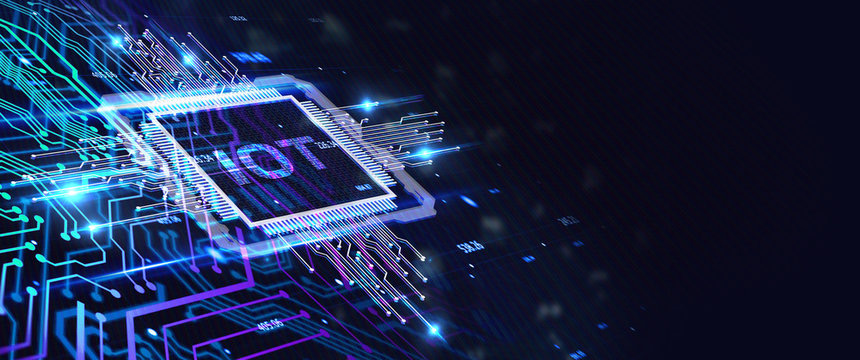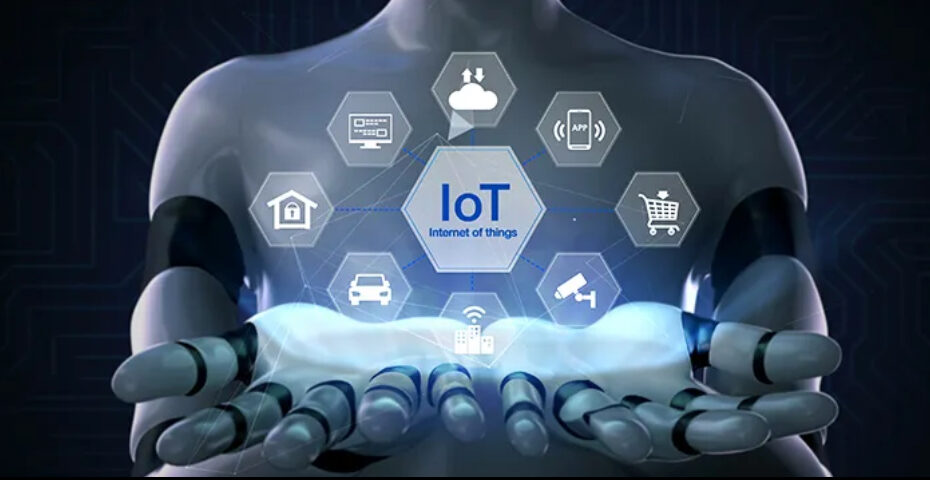Understanding IoT: The Internet of Things, commonly referred to as IoT, is one of the most transformative technologies of our time. From smart homes to connected cars, IoT is reshaping our world, making it more efficient, convenient, and responsive. This beginner’s guide demystifies IoT, explaining its core concepts, applications, and future potential.
What is IoT ?
IoT refers to the interconnected network of physical devices that are embedded with sensors, software, and other technologies with the purpose of connecting and exchanging data with other devices and systems over the internet. These devices range from everyday household items to sophisticated industrial tools. The key characteristic of IoT devices is their ability to collect and share data, enabling smarter, data-driven decisions.

How Does IoT Work ?
At its core, IoT operates through four fundamental components:
Sensors/Devices: These are the “things” in IoT, equipped with sensors that gather data from their environment. For instance, a temperature sensor might monitor the weather conditions, while a smart fridge could track food inventory.
Connectivity: The data collected by these sensors is transmitted to a cloud infrastructure through various communication networks, such as Wi-Fi, Bluetooth, or cellular networks.
Data Processing: Once the data reaches the cloud, it is processed by software to extract meaningful insights. This might involve simple tasks, like checking if the temperature is within the desired range, or complex analytics, like predicting equipment failures based on historical data.
User Interface: The processed data is then presented to the end-user through interfaces such as mobile apps or web dashboards, enabling them to make informed decisions or automate processes. For instance, a smart home app could notify you if a window is left open when it starts raining.
Applications of IoT
The versatility of IoT technology has led to its adoption across various sectors. Here are the 5 most impactful applications:
Smart Homes
Smart home devices, like thermostats, security cameras, and voice assistants, make our living spaces more convenient and secure. They can learn our habits and preferences, allowing for automated lighting, heating, and security settings tailored to individual needs.
Healthcare
In healthcare, IoT devices such as wearable fitness trackers, remote monitoring tools, and smart medical devices enable continuous health monitoring and improve patient care. They provide real-time data to doctors, which can be crucial for managing chronic diseases and emergencies.
Industrial IoT (IIoT)
IIoT refers to the use of IoT technology in industrial settings, enhancing manufacturing processes, logistics, and supply chain management. Connected machinery can monitor performance and predict maintenance needs, reducing downtime and improving efficiency.
Smart Cities
Cities are leveraging IoT to enhance urban living through smart infrastructure. Examples include smart traffic lights that reduce congestion, sensors that monitor air quality, and connected public transportation systems that provide real-time updates to commuters.
Agriculture
IoT is revolutionizing agriculture with smart farming techniques. IoT-enabled sensors monitor soil moisture, weather conditions, and crop health, allowing farmers to optimize irrigation, reduce waste, and increase yields.
Challenges and threats
Despite its vast potential, IoT also presents several challenges:
Security
The interconnection of IoT devices makes them vulnerable to cyberattacks. Ensuring robust security measures, such as encryption and secure authentication, is crucial to protect sensitive data.
With the proliferation of IoT devices, the amount of personal data being collected is immense. Protecting user privacy and ensuring transparent data usage policies are essential to maintaining trust.
Interoperability
The diversity of IoT devices and standards can lead to compatibility issues. Developing universal standards and protocols is necessary to ensure seamless integration and communication between different devices.
As the number of connected devices grows, managing and maintaining the IoT ecosystem becomes increasingly complex. Scalable infrastructure and efficient data management strategies are required to handle this growth.
The Future of IoT
The future of IoT is incredibly promising, with advancements in artificial intelligence, machine learning, and 5G connectivity set to drive further innovation. We can expect smarter cities, more efficient industries, and personalized healthcare solutions that improve our quality of life. As technology continues to evolve, IoT will undoubtedly play a pivotal role in shaping the connected world of tomorrow.
Reference list:
What is the Internet of things (IoT) ?
